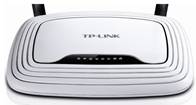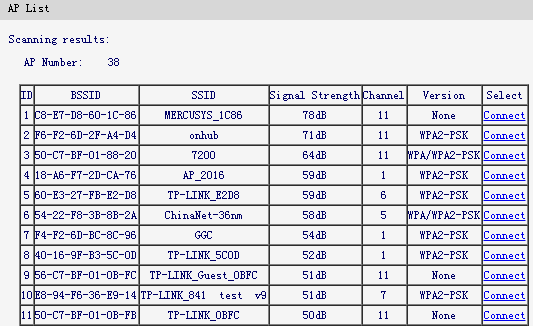How to configure WDS function on the MERCUSYS Wireless N Router (for MW155R)?
A Wireless Distribution System (WDS) is a system that enables the wireless interconnection of access points in an IEEE 802.11 network. It allows a wireless network to be expanded using multiple access points without the need for a wired backbone to link them, as is traditionally required. For more information about WDS, please refer to Wikipedia. The instruction below is a solution for SOHO WDS connection.
In order to build a successful WDS connection between different devices, it requires that both devices use the same wireless MAC address format. For example, Site A uses 4-address MAC Address format in passive WDS bridge mode, Site B also uses 4-address MAC Address format in active WDS bridge mode.
WDS may be incompatible between different products (even occasionally from the same vendor) since the IEEE 802.11-1999 standard does not define how to construct any such implementations or how stations interact to arrange for exchanging frames of this format.-----From Wikipedia
Active WDS WDS connection Passive WDS



MERCUSYS 11N Router Root Router

Note:
1. LAN IP of extended router should be different but in the same subnet of the root router;
2. The DHCP Server on extended router should be disabled;
3. WDS bridging only requires the WDS setting on either the root router or the extended router.
To setup WDS with MERCUSYS wireless routers, the following steps are required:
Step 1
Log into MERCUSYS wireless router’s management page. If you are not sure about how to do this, please click How to log into the web-based interface of the MERCUSYS Wireless N Router.
Step 2
Go to Wireless> Basic Settings. Check Enable WDS Bridging. Then the page will show as below.
The SSID on the top of the page is the local wireless network name of this router. You can name whatever you like.

Step 3
Click Scan, find the SSID of your root AP, and hit Connect.

Step 4
The root AP’s SSID and BSSID (MAC Address) will be filled in automatically. Then please input the wireless security settings such as Wi-Fi key to match the ones on the root AP. Click on Save.

Step 5
Go to Wireless Security page to secure the local wireless network of the router itself. The Encryption settings here can be different with your root router.

Step 6
Go to DHCP>DHCP Settings page.